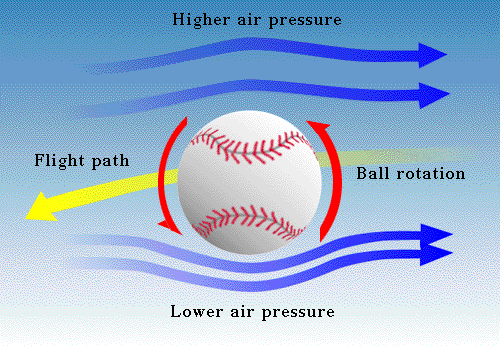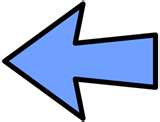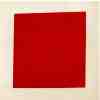Rotational Motion-the curve ball

The purpose of a curve ball for a pitcher is to use it to deceive the batter. This is done by obviously making the ball curve. How is this done, well it has to do with rotational motion as the title of this web page implies. If you look at the picture below you will see that this ball is thrown toward the left of the screen with a rotation where the front of the ball (the front being the left of the screen) is rotation toward the ground. This rotation as the picture shows, creates with the help of the baseball's red seems a high pressure air system above the ball and a low pressure air system below the ball. Pressure systems always try to reach an equilibrium, therefore to accomplish this the high pressure system full of a large number of air particles will try to fill the low pressure system that has less particles with more. There is a problem with this THE BALL IS IN THE WAY therefore in the act of these two pressure system trying to reach equilibrium the high pressure system exerts a force upon the ball greater then that of the low pressure system (the Magnus Force) therefore the ball has two forces acting on it in the same direction the force of gravity and the net force of the high pressure low pressure system. These combined forces create a greater net force acting upon the ball then when just the force of gravity is acting upon the ball. And by looking at Newtons second law, F = ma, it can be seen that as the F is greater with the rotation, correspondingly the mass (m) and the acceleration (a) will increase proportionally and because the mass (m) did not change it is easy to see that the acceleration is what increases.

curve_ball_pic
With the determination above that the acceleration increases it is easy to put to rest the common misconception of the baseball "breaking" which is commonly a term used to describe the allusion of the ball, all of a sudden, moving in the vertical direction when before it appeared that the ball was only moving horizontally to the ground. The ball does not, all of a sudden, "break" it instead it has a constant change in its velocity from the time that it is released from the pitcher's hand until the moment that the ball reaches the catchers baseball mitt. It is this allusion that is useful to the pitcher because to the untrained eye this is difficult to hit.


